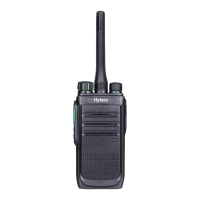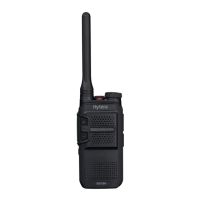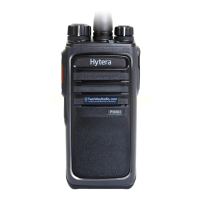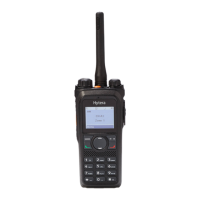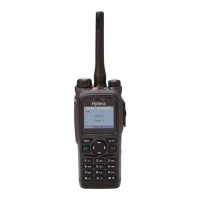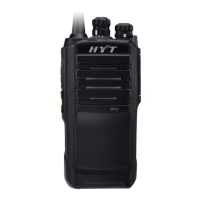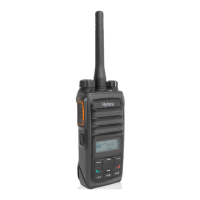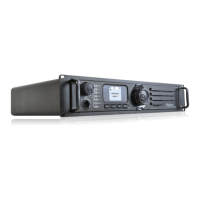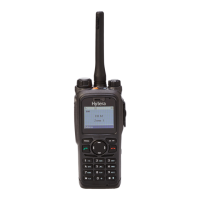What to do if my Hytera Portable Radio won't power on?
- AAnthony RobertsSep 10, 2025
If your radio fails to power on, there are a few potential causes. First, the battery may be improperly installed; remove it and reattach it securely. Second, the battery may be depleted; recharge or replace the battery. Finally, the battery contacts may be dirty or damaged, causing poor contact; clean the battery contacts.





